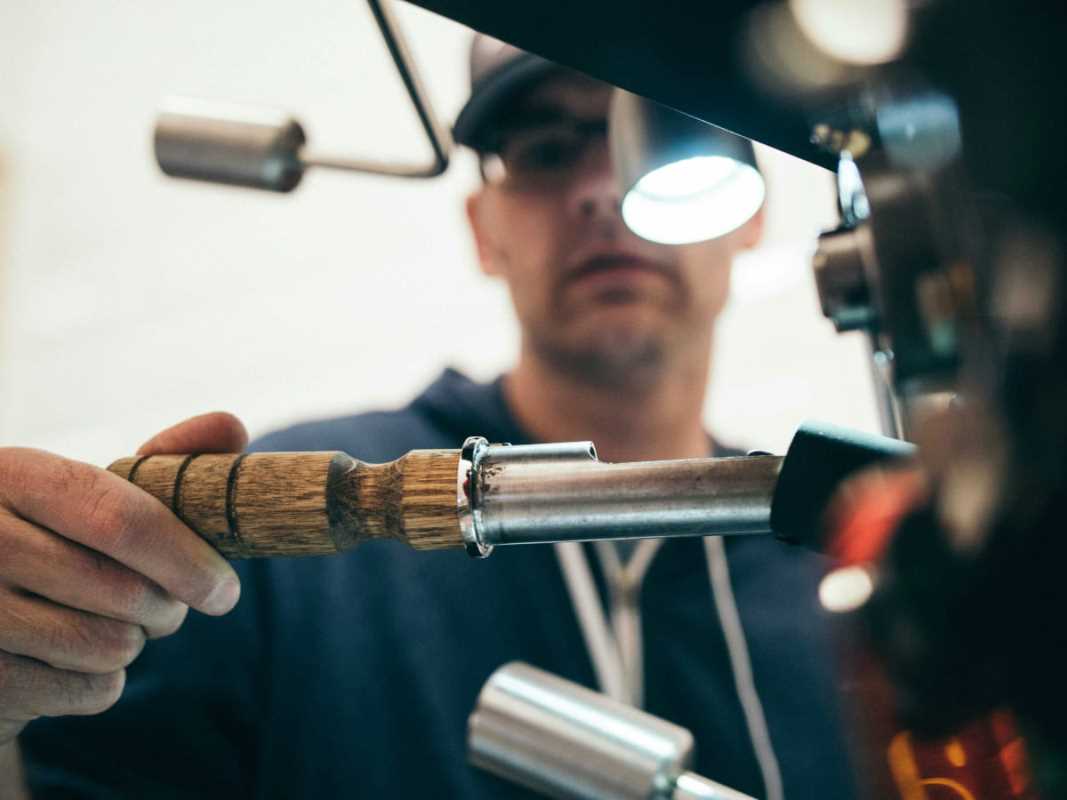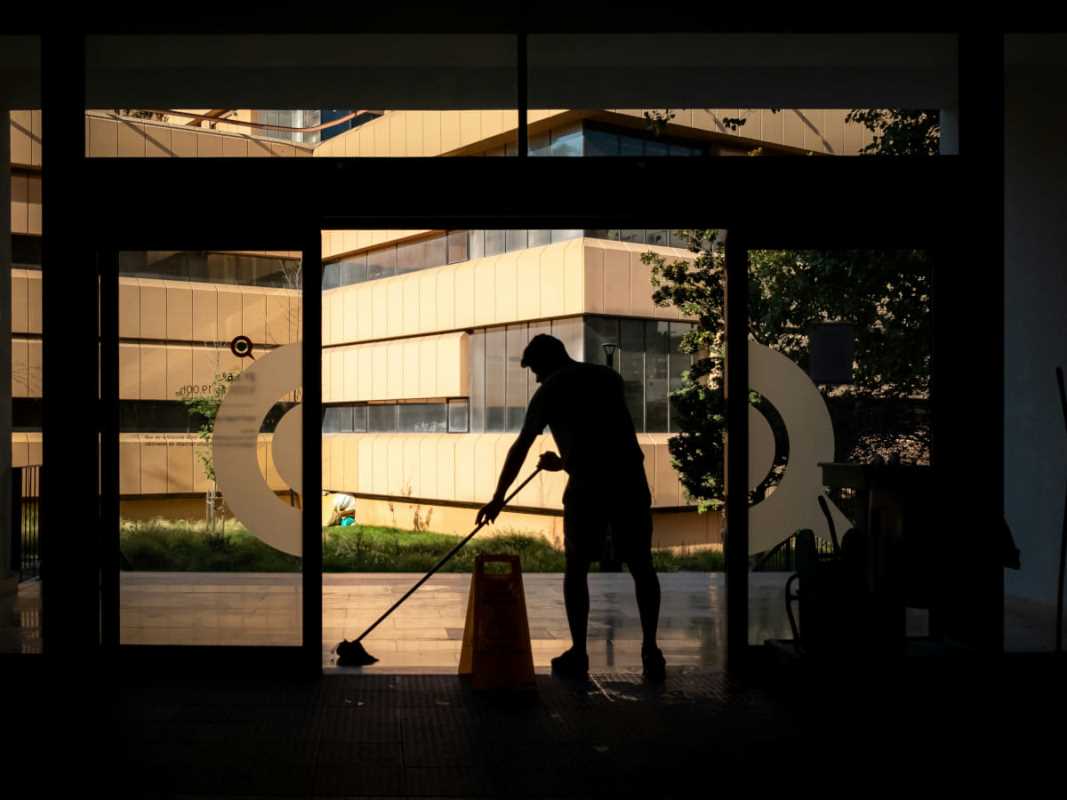Plumbing issues have a way of making your home remind you who’s really in charge. Whether it’s a dripping faucet serenading you at midnight or a stubborn toilet refusing to cooperate, plumbing problems can quickly turn into nerve-wracking disruptions.
The good news is not all issues need a professional rescue. Armed with a little know-how and some elbow grease, you can tackle most common plumbing hiccups yourself. Here’s the scoop on what expert plumbers say are the usual culprits and their DIY fixes.
Fixing That Annoying Drip
If plumbing problems had a mascot, the dripping faucet would win by a landslide. It’s relentless, keeps you up at night, and slowly chips away at your sanity. Beyond the annoyance, a leaky faucet can waste gallons of water, costing you money while you lose sleep.
The cause is usually a worn-out washer, O-ring, or cartridge. Fixing it is easier than you might think. Start by turning off the water supply under the sink. Then, carefully take apart the faucet using a wrench or screwdriver, depending on the design. Inspect the parts and replace anything that looks cracked or worn.
For compression faucets, replacing the washer typically does the trick. For cartridge or ball faucets, you may need a repair kit that matches your faucet model. Once reassembled, turn the water back on and test it. No drips? Congrats, you’ve just won a quiet night’s sleep and a lower water bill.
If replacing parts doesn’t work, the culprit could be corrosion or a deeper issue within the faucet body. At that point, it might be time to consider a replacement or call in the pros.
Handling Clogged Drains Without Losing Your Cool
Nothing tests your patience quite like a clogged sink or shower drain. Whether it’s stubborn food scraps or a family of hair tumbleweeds, blockages are the bane of a smooth-running household. Fortunately, most clogs don’t require a plumber to tackle.
Start with the trusty plunger. For sinks, block any overflow drains with a wet cloth to maximize the suction. Pump the plunger confidently for about 20 seconds and see if the clog loosens. If that fails, break out the baking soda and vinegar duo. Pour half a cup of baking soda down the drain, followed by the same amount of vinegar. Cover the drain with a plug or plate and wait 15 minutes before flushing with hot water.
For tougher clogs further down, a drain snake or plumbing auger is your new best friend. Push it into the pipe, twist, and pull back to catch debris. Just remember to go slow and steady; forcing it can damage pipes.
Pro tip from the experts? Avoid chemical drain cleaners. While tempting, they can corrode your pipes and create a bigger mess in the long run. Prevention is always better, so use drain guards and avoid dumping grease or coffee grounds down the kitchen sink.
Mastering Toilet Troubles
If your toilet has decided to stop being the humble servant of the household and started to act up, don’t panic. Toilets are surprisingly simple machines, and most issues can be fixed with a bit of guidance.
A toilet that won’t flush properly often has a problem with the flapper. This rubber piece controls how much water flows from the tank into the bowl. Over time, flappers wear down and don’t seal correctly. Turn off the water, flush the toilet to empty the tank, and replace the flapper with one from your local hardware store.
For a clogged toilet, grab a plunger with a flange. Make sure there’s enough water in the bowl to cover the plunger head, and plunge vigorously. If the clog’s stubborn, a toilet auger can help break it up or retrieve any troublesome objects.
Running toilets are another headache. Check if the fill valve float is set too high, causing constant refilling. Lower it to stop the endless water flow. A faulty fill valve itself may also need replacing. Basic kits are inexpensive and largely universal, allowing you to swap out parts easily.
If you've covered all these bases and your toilet’s still acting up, it could signal a blockage in the sewer line or a bigger issue with the plumbing system, in which case bringing in an expert is your best bet.
Dealing With Water Pressure Woes
Notice that your shower has gone from a relaxing waterfall to a sad trickle? Low water pressure is an incredibly frustrating problem that can be caused by several things, most of which you can troubleshoot on your own.
Start by checking the aerator, that’s the little screen on your faucet or showerhead. Over time, mineral deposits build up and block water flow. Unscrew the aerator, clean it out with vinegar, and reinstall. You can do the same with showerheads; just soak them in a vinegar solution for an hour or two.
If the entire house is experiencing low pressure, check the main shutoff valve to ensure it’s fully open. Don’t forget to inspect for potential leaks from the water pipes. Even a small drip can decrease pressure significantly.
Another culprit could be sediment buildup in your water heater. Flushing the tank annually helps maintain consistent pressure and also extends the life of your water heater. Instructions vary by model, so check your manual before attempting this.
If none of these solutions improve your pressure, contact your local water company to see if the supply issue extends beyond your property. Older homes with outdated pipes may need professional repairs or replacements.
Preventative Measures to Save You Time and Money
Here’s the thing about plumbing problems, they’re easier to prevent than solve. By adopting a few smart habits and performing some routine maintenance, you can drastically reduce the chances of waking up to a plumbing disaster.
- Avoid pouring grease, oil, or fibrous foods down kitchen drains.
- Install mesh strainers in sinks and showers to catch hair and debris.
- Flush your water heater annually to remove sediment that reduces efficiency.
- Inspect exposed pipes regularly for cracks, corrosion, or condensation.
- Learn the location of your main water shut-off valve (it’s a lifesaver during emergencies).
These simple changes help maintain a healthy plumbing system and keep the emergency plumber’s number at bay.







